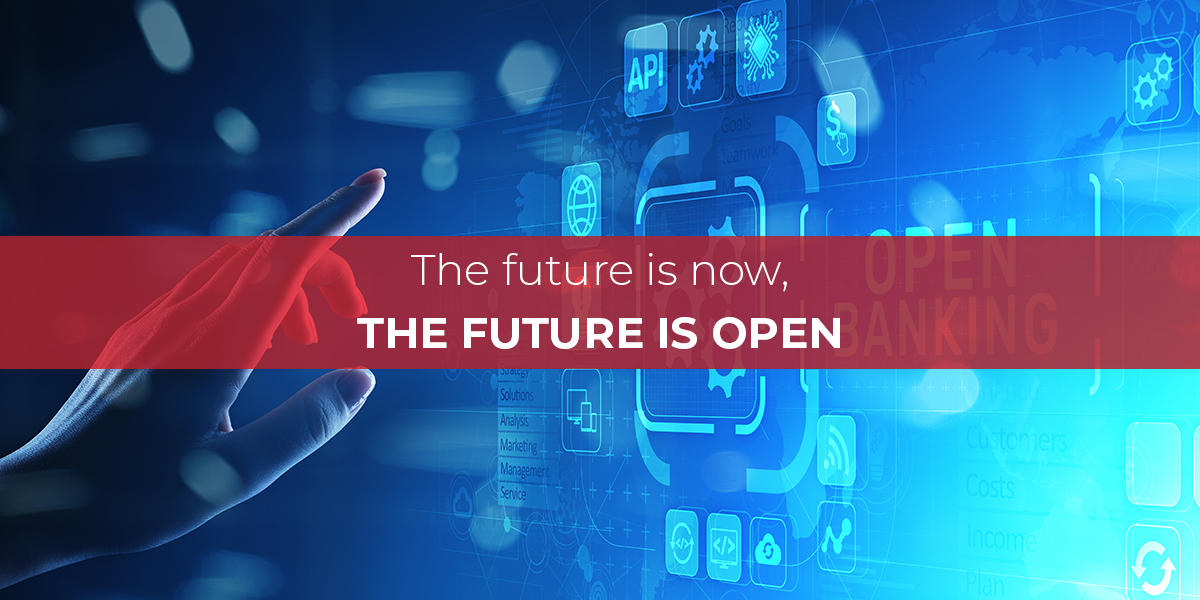
The future is now, the future is open - Buckzy Payments Inc.
The concept of open banking continues to gather momentum as an ever-expanding number of players – both financial and non-financial – adopt the technology to gain access to customer data.
Anyone with a bank account knows that their financial provider holds detailed records on how much we spend, when we spend it, and what we spend it on. Now, through open banking, this data can be shared with third parties, which is unlocking a new wave of digital financial innovation.
But how did we get here? Central to open banking’s rise has been a heady mix of government regulation and market forces driven by consumer demand and more importantly consumer consent.
This burgeoning world of open, shared financial data delivers greater flexibility in how a consumer can manage their money, through better visibility of multiple accounts and more convenient ways to pay. This in turn is having a dramatic effect on banks and other financial organizations.
As McKinsey puts it in its July 2021 report, ‘Financial services unchained’: “Still in its infancy, the movement has the potential to reshape everything from bank accounts, credit cards, payments, mortgages, small business loans, and even insurance policies.”
This is the opportunity facing banks today. We would argue that open banking is a significant moment to make banking better by delivering tailored, personalized solutions for every area of money management.
But what has driven this? One of the critical drivers has been consumers allowing third-party providers to access and use the personal financial data held by their bank to inform new products and services using Application Programming Interfaces (APIs). API software tools and services connect different networks and systems to enable a seamless two-way exchange of specific data between companies and organisations.
The sharing of personal financial data has developed incrementally in recent years – first with the UK’s Open Banking Initiative in August 2016, followed in January 2018 by adoption of the EU’s Payment Services Directive or PSD2 by all member states. These initiatives have opened up consumer financial services to new players to compete with incumbents for customers and their money.
This extra competition has focused the minds of banks on prioritising innovation. Legacy banks face intense cost pressures, fierce competition, and sky-high customer expectations. Only through offering customers new and differentiated products, services and experiences can they properly address these challenges. Open banking is the opportunity to do just that.
But so far the execution of open banking initiatives has been patchy at best. The UK is recognized as a leader thanks to its regulatory-driven approach, which set early deadlines for its biggest banks to build the infrastructure needed. The UK’s nine largest banks also funded a central program and platform, the Open Banking Implementation Entity (OBIE), that cost at least USD$80m (£60m).
The European Union’s open banking approach is also focused on regulation in the form of PSD2. However, while this dictates that banks must create the APIs to interact with third parties, there is no specific guidance on how to do it. As a result, efforts across the European Union are mixed, with some nations ahead of the game and others playing catch up.
Meanwhile, the US is in many ways behind the curve. Many banks are collaborating with fintechs, but regulators have taken a relatively hands-off approach compared to Europe. There are some initiatives, such as the Financial Data Exchange, which aims to standardize open banking practices and some states such as California, New York and Virginia have brought in data privacy laws, which is often seen as a prerequisite for Open Banking.
Yet while consumers are now seeing a clear benefit from sharing their data through differentiated, tailored products, this also means traditional banks need to be able to address the demand for such products.
As open banking gathers momentum, the onus is on banks and financial service providers to provide stable, reliable systems that are capable of handling rapid increases in demand and which also offer products and services that consumers want, including:
- Account aggregation: providing a single view of accounts across different banks
- Financial management tools: based on data analytics to identify spending patterns to budget and save
- Tailored product offerings: based on transaction history
Increased access to credit: for customers defined as ‘thin-file’ due to improved access to financial data
This does not necessarily mean that incumbent banks will lose out. Open banking presents a challenge for incumbents – but it’s also an opportunity. They have a chance to create and launch new services, products, partnerships and business models for the digital era that add meaningful value to their relationship with existing customers while also attracting new ones.
In our view, banks need to center their thinking on four main IT opportunities to deliver a modern banking platform:
- Scalability: by making maximum use of the latest technological innovations such as SaaS which can cope with rapidly rising and highly variable use.
- Driven by AI: which will allow data to be easily processable by third-party providers. This also means banks can use the data internally and gain high-quality insights for better service personalization.
- Based on open APIs: as this is the only way a bank can collaborate with third-party suppliers
- Security: for consumers based on authentication, authorization, and access control.
Open banking aims to widen consumer choice and financial services by encouraging banks to open key banking functionalities via APIs. This in turn will enable fintechs and other businesses to provide more products to consumers.
